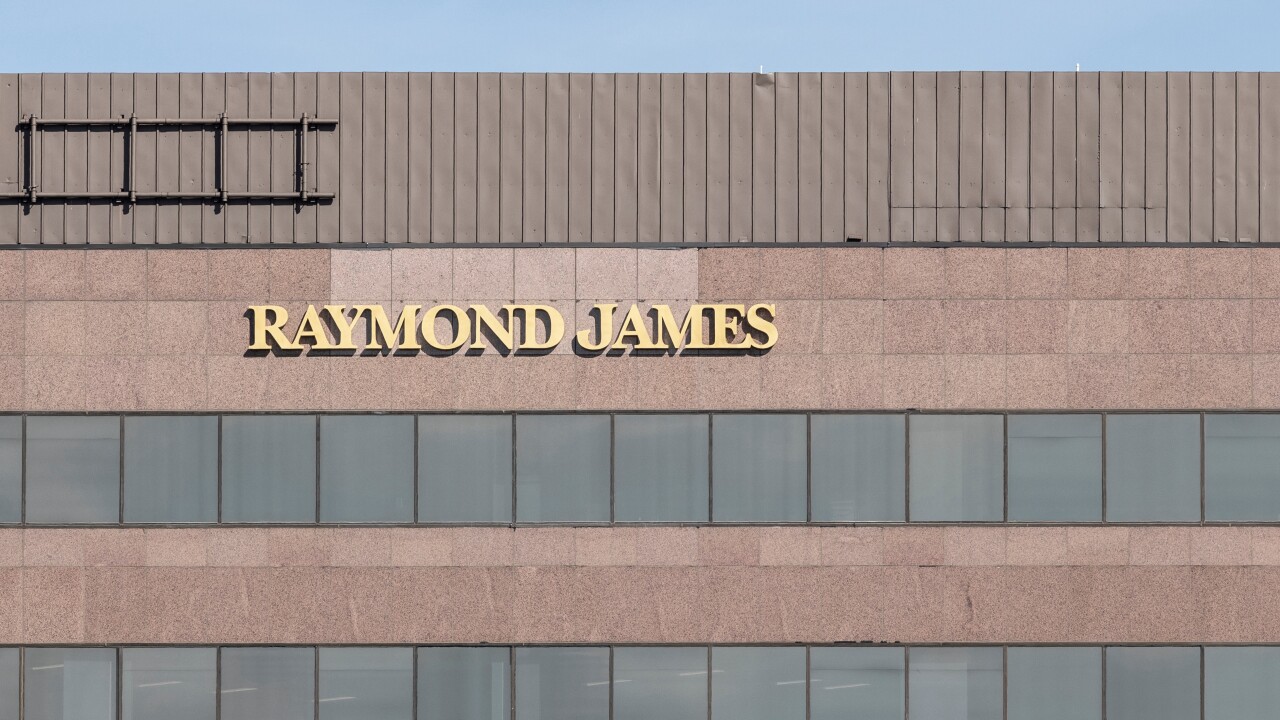Standard & Poor's recent research calling into question the levying of 12b-1 fees by funds closed to new investors has many in the mutual fund industry scratching their heads and poking holes in S&P's assessment.
The 12b-1 fees, which cannot exceed 1% of a fund's total assets, are paid out of those assets to cover distribution and shareholder servicing expenses.
Distribution expenses include advertising and compensating those who sell the funds' shares.
The S&P research argues that funds closed to new investors no longer need to market the fund and therefore should not be charging investors these fees or should make it more apparent to investors what the fee is being used for. As of last month, 139 funds with a total of 232 share classes were charging an average 12b-1 fee of .62%, according to S&P. Meanwhile, 74 of the funds were charging the maximum 1%, as allowed by the Securities and Exchange Commission.
The report also ranked and listed the "offending" funds, highlighting Idex Mutual Funds, Invesco Funds Group, ING Investments, Dreyfus Corp. and General Electric Investment Corp. as the companies with the most funds still charging the fees on closed funds.
"Standard & Poor's fund database shows that there are currently 555 funds [multi-share classes included] closed to new investments in the United States," said Dave Guarino, a spokesman for S&P. "Forty-two percent of those funds continue to charge a 12b-1 fee, 58% don't. So obviously, there are mixed feelings among the fund companies in terms of whether or not the 12b-1 should be an on-going charge or not."
The report says a number of fund companies imposing a 12b-1 on funds closed to new investors rationalize the fee by saying the fund is still open to existing investors. "Standard & Poor's feels this is an insufficient explanation, especially in an environment of single digit returns," wrote Phil Edwards, S&P's managing director of funds research, in the report.
However, not everyone agrees with S&P's assessment. "I think what people lose sight of is the way in which the 12b-1 fee is used for servicing shareholders and that doesn't stop because a fund is closed to investors," said Jeff Keil, vice president of Lipper's Global Fiduciary Review. "12b-1 has really two pieces to it."
The first part applies to standard loaded dealer products, he said. Of the 1% allowed, 25 basis points is for servicing fees as stipulated by the NASD. The other 75 basis points is allowed for "asset-based sales charges."
As for direct-marketed funds, 12b-1 plan expenditures are earmarked for some type of advertising, and in many cases, fund supermarket payments, according to Keil. "We can't say for sure, but I would hazard a guess that a sizeable portion of the non-dealer 12b-1 fund fees are flowing to supermarkets. In the vast majority of cases, direct advertising just doesn't produce stellar sales results."
A spokesman for the SEC, which previously announced its intention to look into 12b-1 fees and how they are applied, said it could not comment on whether continuing to charge these fees after a fund is closed to new investors violates the spirit of the law.
Meanwhile, industry figures outright denounced the report. "We are baffled to see the implication that something was amiss because there is no bearing on the fact that a fund may be closed to new investors and the existence of 12b-1 fees in its structure," said John Collins, a spokesman for the Investment Company Institute, commenting on the S&P report.
"12b-1 fees in the vast majority of cases reflect the fact that a fund shareholder has opted to pay a front-end load through the 12b-1 payments. In effect, the 12b-1 form of payment allows a shareholder to compensate the intermediary over time instead of in a single up-front payment. That's why it has no bearing on whether a fund closes subsequently to new investors," Collins said. "The 12b-1 fee is the structure for compensating the intermediary for services already provided to the shareholder and ongoing support for the shareholders account."
Firms listed on the report were also opposed to its findings. "While S&P has elected to focus its analysis on the distribution portion of 12b-1 expenses, it appears that the shareholder servicing portion' of those expenses has virtually been ignored," said Maureen Dempsey, a spokeswoman for Dreyfus. "Intermediaries are responsible for providing ongoing service to existing shareholders. Therefore, it is necessary to compensate intermediaries for their continuing servicing through a 12b-1 fee."
Putnam and AIM Investments had similar reactions. "12b-1 fees are not solely for the marketing of a fund," said Diana Walery, a spokeswoman for Franklin Templeton Investments. "12b-1 fees are used for account maintenance, distribution and services provided by advisers. So, while a closed fund may not be actively marketing to new investors, it nonetheless needs to maintain and service the accounts of current investors, who still may add or exchange within the fund."
In response, Guarino said, "If this is the case, then there should be clearer disclosure among fund companies in terms of what the 12b-1 fee is and what it is going towards. It all comes down to clearer fee disclosure among the fund companies. If investors are aware of what the 12b-1 fee is, how it is being charged, and what it is going towards, then investors can make a more informed decision into the legitimacy of the fee."
Copyright 2003 Thomson Media Inc. All Rights Reserved.
http://www.thomsonmedia.com http://www.mmexecutive.com





